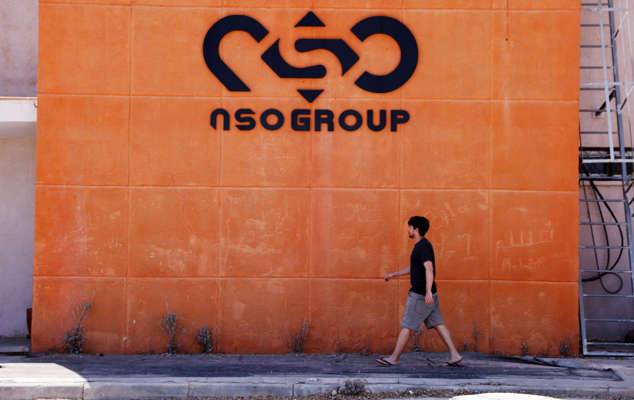A second mayoral candidate has come out against a proposed plan to dismantle two Transcona bus shelters as a way to deal with homelessness and due to complaints about drug use.


Mayoral candidate Rick Shone, pictured near a bus shelter on Portage Avenue at Spence Street on Monday, June 13, 2022, is calling on the city to adopt supervised consumption sites to help keep transit riders safe in Winnipeg.
Glen Dawkins - Monday, June 13,2022 Winnipeg Sun
Rick Shone would like to see the City establish supervised drug consumption sites instead.
“Personally I think we’ve been putting our heads in the sand,” said Shone, standing in front of a bus shelter on Portage Avenue near the University of Winnipeg which had its glass walls, doors, seating and electrical units removed similar to what is planned for two bus shelters on Regent Avenue directly in front of Kildonan Place. “Nobody wants to deal with (the city’s drug crisis). There’s a number of people talking about it but we need someone to actually take some concrete steps.
“We need to try something. We’re not trying anything, instead we’re tearing down bus shelters.”
On Saturday, fellow mayoral candidate Scott Gillingham also dismissed the idea.
“I can’t accept the idea that destroying our own transit infrastructure will accomplish anything but shift homelessness and addiction problems around,” said Gillingham in a statement Saturday. “Bus shelters outside Portage Place were dismantled for similar reasons – but encampments simply moved to other transit shelters along Portage Avenue.”
Shone is proposing the city follow the example of communities such as Vancouver which have had the Insite supervised drug injection site since 2003.

© KEVIN KING
“Personally I think we’ve been putting our heads in the sand,” said Shone, standing in front of a bus shelter on Portage Avenue near the University of Winnipeg which had its glass walls, doors, seating and electrical units removed similar to what is planned for two bus shelters on Regent Avenue directly in front of Kildonan Place. “Nobody wants to deal with (the city’s drug crisis). There’s a number of people talking about it but we need someone to actually take some concrete steps.
“We need to try something. We’re not trying anything, instead we’re tearing down bus shelters.”
On Saturday, fellow mayoral candidate Scott Gillingham also dismissed the idea.
“I can’t accept the idea that destroying our own transit infrastructure will accomplish anything but shift homelessness and addiction problems around,” said Gillingham in a statement Saturday. “Bus shelters outside Portage Place were dismantled for similar reasons – but encampments simply moved to other transit shelters along Portage Avenue.”
Shone is proposing the city follow the example of communities such as Vancouver which have had the Insite supervised drug injection site since 2003.

© KEVIN KING
Mayoral candidate Rick Shone is calling on the city to adopt supervised consumption sites to help keep transit riders safe in Winnipeg. Pictured on Monday, June 13, 2022,
“This is the first step to address a really big crisis that we have in the city right now and that is the addictions crisis,” said Shone.
Last June, the City’s Protection Committee released a study on the feasibility of establishing a supervised consumption site, saying that the City could move forward without the province although funding could be a barrier.
Shone considers supervised consumption sites as just the first step in a wider strategy to combat drug use and addiction in Winnipeg.
“I don’t think the city should go on its own,” said Shone, who estimates the cost to be $1.5-2 million a year for the sites. “The province should step in because this is definitely a health issue. The challenge is that we need somebody to take the bull by the horns and get something done.”
These sites increase access to health services for a vulnerable population, connecting these individuals with health services and information on addictions treatment, Shone said.
“I think we have to be realistic here in the sense that we have a drug crisis and it’s not something that is going to go away tomorrow,” he said. “We need to look at what is a bigger plan here.”
Winnipeggers head to the polls on Oct. 26 to elect a new mayor and council.
gdawkins@postmedia.com
Twitter: @SunGlenDawkins
“This is the first step to address a really big crisis that we have in the city right now and that is the addictions crisis,” said Shone.
Last June, the City’s Protection Committee released a study on the feasibility of establishing a supervised consumption site, saying that the City could move forward without the province although funding could be a barrier.
Shone considers supervised consumption sites as just the first step in a wider strategy to combat drug use and addiction in Winnipeg.
“I don’t think the city should go on its own,” said Shone, who estimates the cost to be $1.5-2 million a year for the sites. “The province should step in because this is definitely a health issue. The challenge is that we need somebody to take the bull by the horns and get something done.”
These sites increase access to health services for a vulnerable population, connecting these individuals with health services and information on addictions treatment, Shone said.
“I think we have to be realistic here in the sense that we have a drug crisis and it’s not something that is going to go away tomorrow,” he said. “We need to look at what is a bigger plan here.”
Winnipeggers head to the polls on Oct. 26 to elect a new mayor and council.
gdawkins@postmedia.com
Twitter: @SunGlenDawkins


















